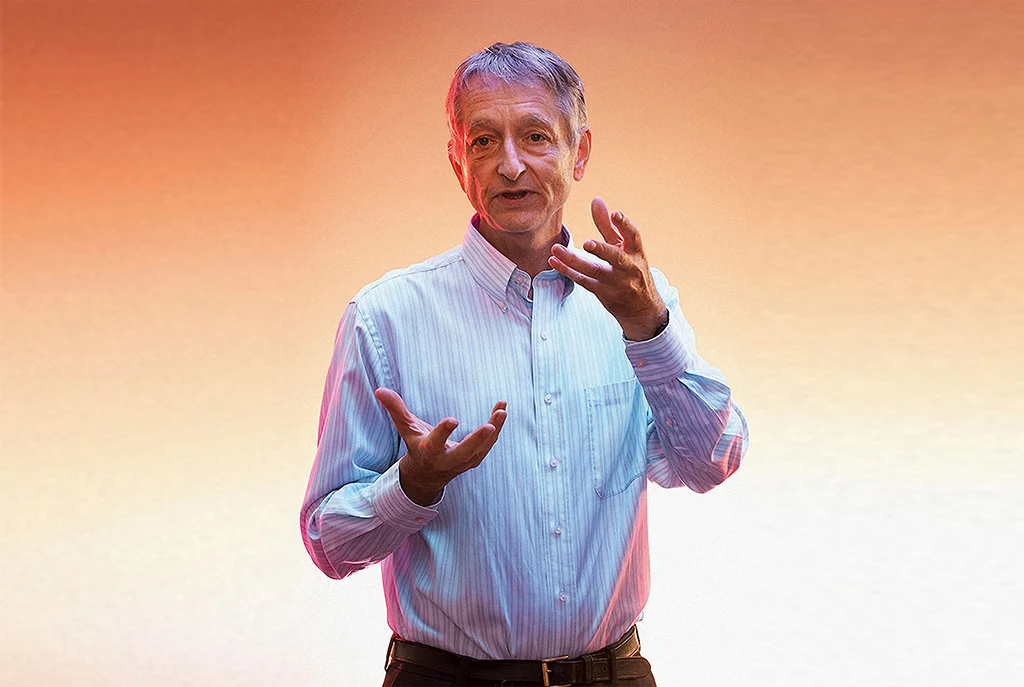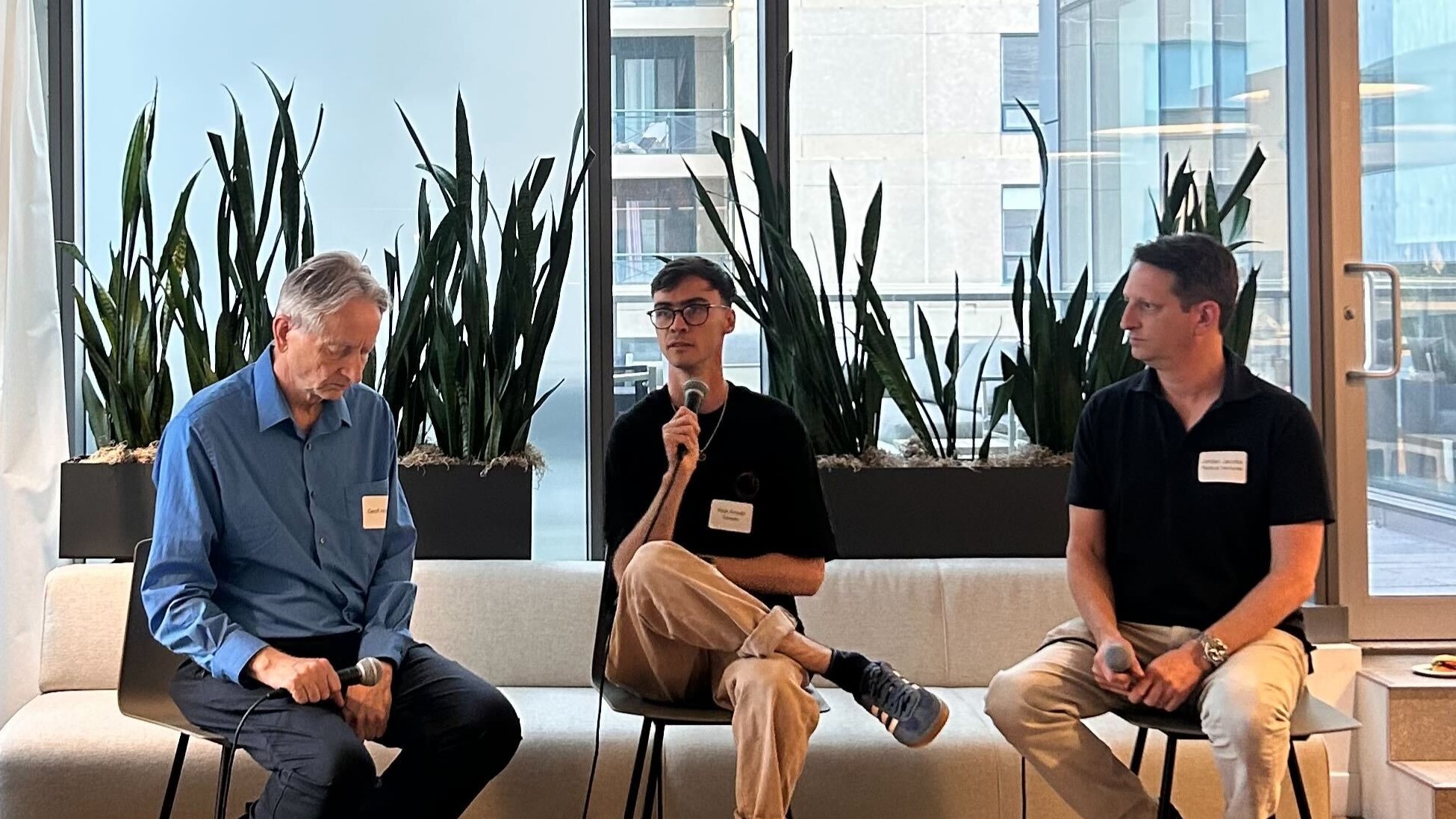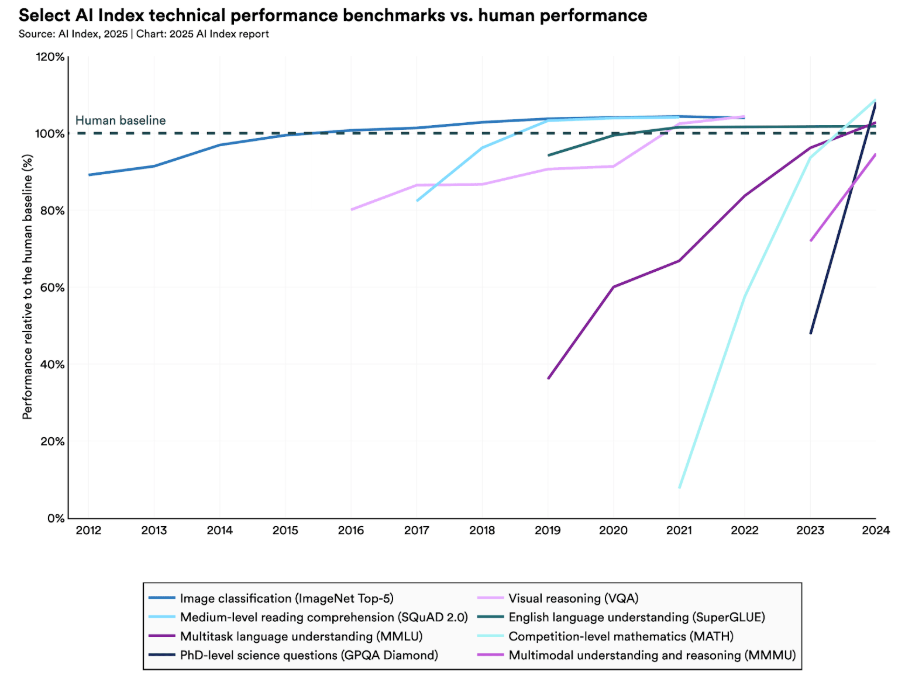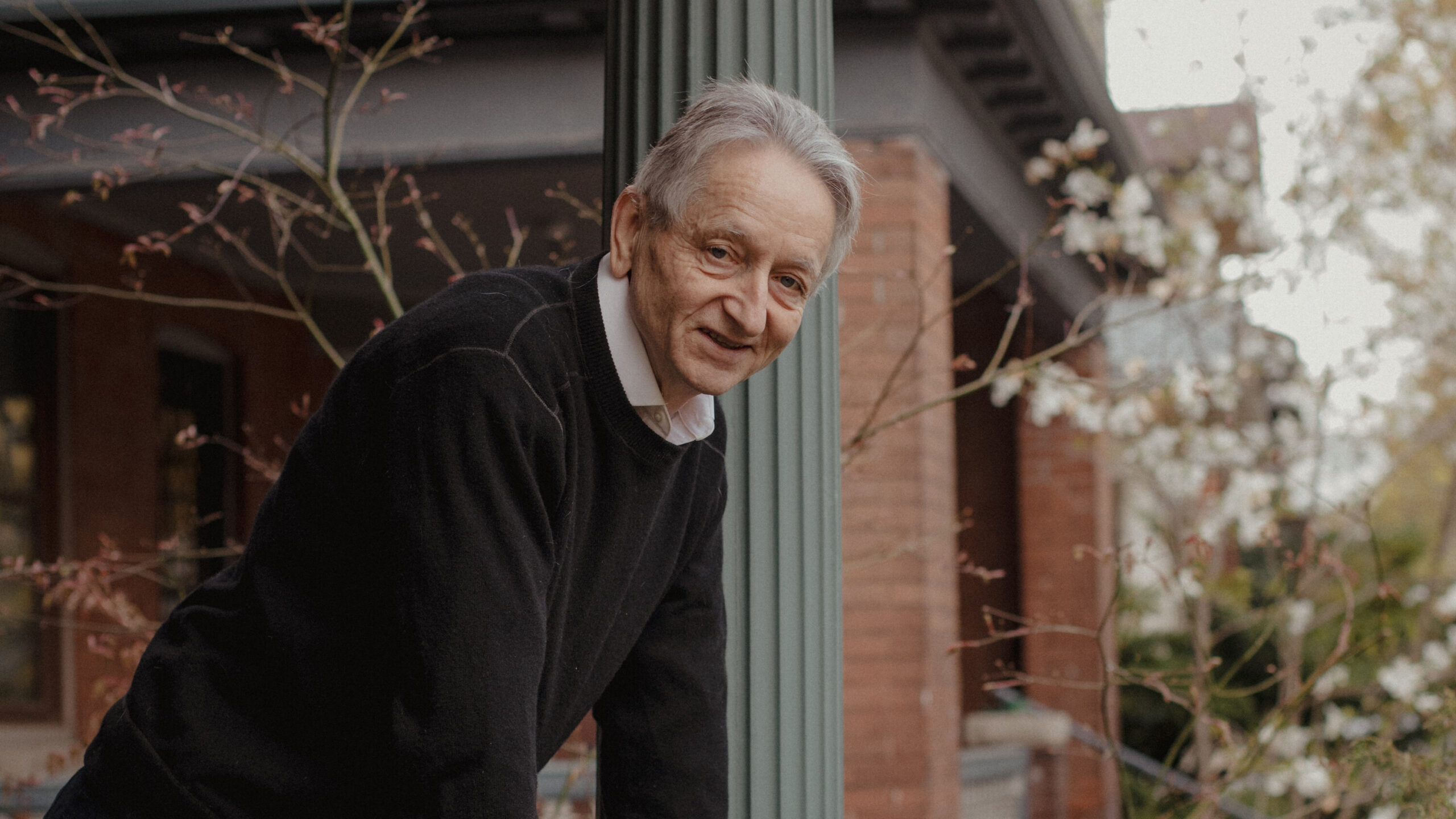Geoffrey Hinton is often called the Godfather of Artificial Intelligence. He has been at the forefront of AI for over fifty years, creating the core algorithm that powers the training of artificial neural networks which underpins recent enormous advances in AI. This week, Geoff sounded the alarm about the potential dangers of AI and resigned from his role at Google to speak more freely about this topic. In this exclusive Q&A with Radical Partner Aaron Brindle, we delve into Geoff’s views on the potential of this technology to benefit society, how his ongoing research might address these concerns, and advice for researchers looking for guidance on how to responsibly pursue their work. Geoff is an investor in Radical Ventures, and a co-founder of the Vector Institute for Artificial Intelligence alongside Radical Ventures partners Jordan Jacobs, Tomi Poutanen and Ed Clark. The following excerpt has been edited for length and clarity.
Radical Reads is edited by Ebin Tomy (Analyst, Radical Ventures)





